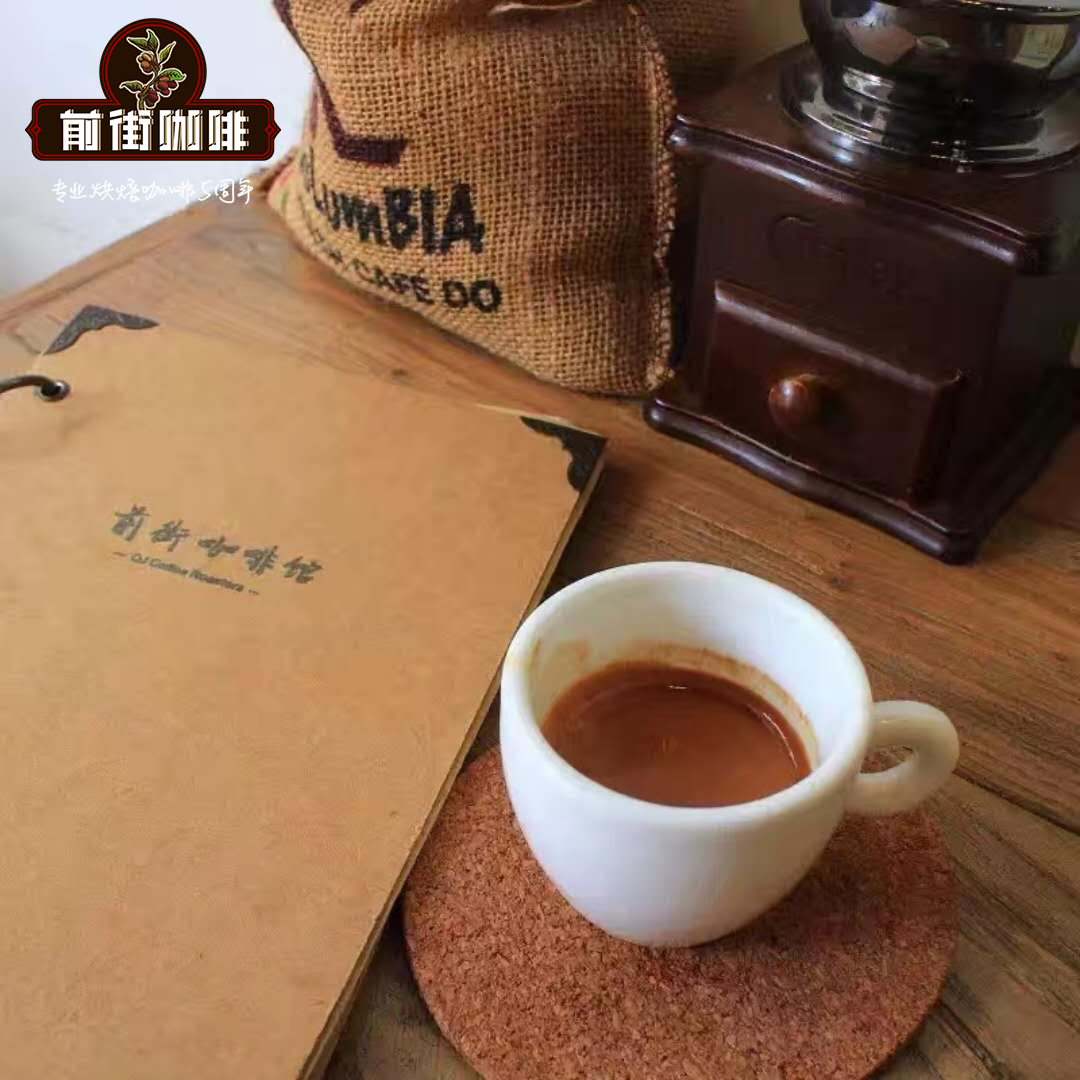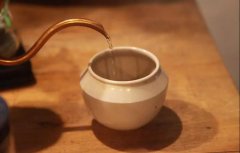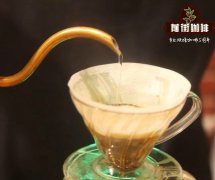How to use Philharmonic pressure to make coffee?

Professional coffee knowledge exchange more coffee bean information please follow the coffee workshop (Wechat official account cafe_style)
"Philharmonic pressure (English: AeroPress) is a simple instrument for making coffee by hand, invented by Aron Adler (Alan Adler), president of Aerobie Company of the United States in 2005. Overall, its structure is similar to that of a syringe. When in use, put ground coffee powder and hot water in the "syringe", then press the putter, and the coffee will flow into the container through the filter paper. It combines the characteristics of dripping and filter-pressing coffee machine. By changing the size and pressing speed of coffee grinding particles, users can cook different flavors according to their own preferences. Due to the use of pressure injection, its cooking speed is also faster. The trademarks of "Love pressure" and "AeroPress" are owned by AeroPress, Inc. "
Coffee brewing tools named after the word "press" are French Press and aeropress. The former has a long history, while the latter was invented by the American company Aerobie in 2005. Anyone who has used to press the pot to make coffee knows that the hole in the filter is very thick. The so-called pressure is actually more like pushing Shau Kei down to separate the coffee powder from the liquid. So the bottom of the French Press coffee cup will sink with fine powder, resulting in excessive extraction. On the contrary, because the Philharmonic pressure is separated by much thinner filter paper, it takes considerable effort to extract coffee, which is more in line with the artistic conception of "pressure".
Philharmonic pressure is an immersion coffee brewing tool (immersion brewing): install filter paper at the bottom of the syringe, pull up the piston, add ground coffee powder, pour hot water and stir, and press the piston down after tens of seconds.
A little knowledge
1. Why is Philharmonic pressure equipped with a stirring rod?
The top handle of the Philharmonic pressure mixing rod can prevent the mixing rod from touching the filter paper and will not scratch the inner wall of the cylinder, affecting the tightness.
2. Why is there no standard tutorial for Philharmonic pressure?
Philadelphia is like another siphon coffee maker (Syphon) invented by Americans. For Americans, French, Germans and other European and American countries, siphon pots are only daily necessities, and coffee brewing is very simple and convenient, while the Japanese upgrade siphon pots from daily necessities to the level of technology and art, using various ways to use siphon pots to extract (Extraction) amazing boutique coffee. It is precisely because of this spirit that Hario is created to make the development of the Japanese coffee industry more professional. Japanese siphon pot product manual does not mention the use of siphon pot to make coffee, only the instructions for the use of the product itself. The Japanese emphasize that a siphon pot can extract a good cup of coffee. But they don't specify how to do it. How?
3. What is the difference between standard filter paper and metal filter mesh?
Using standard filter paper to make Philharmonic pressure, the coffee will have a pure taste, obvious acidity and light taste.
If you use a metal filter, the coffee will have a thicker taste, stronger aroma and lower acidity. The number of screen holes varies from type to type, so more consideration should be given to the selection of metal screen.
The recommended brewing parameters of Qianjie coffee
-take Sidamo 90 + candles in the sun as an example
Parameters: 15g beans, 5R (Chinese standard No. 20 sieve pass rate 58%), water temperature 89 ℃, powder-water ratio at 1:15.
Technique: pour in 15 grams of coffee powder, pour in 40g water and stir evenly (because the tube is narrow, the edge may remain coffee powder, so the water injection is a little more, so that the coffee powder in the corner can absorb enough water), 30 seconds later, pour water to 227g, then stir, help the coffee powder to continue to exhaust, at about 1:30 seconds to reverse pressure, pressure extraction takes about 30 seconds. If you think the taste is a little strong, you can dilute it with water.
Flavor: obvious sweetness, soft citrus acid, with almonds, nuts, caramel, high cleanliness, sweet spices in the mouth, citrus tea.
Important Notice :
前街咖啡 FrontStreet Coffee has moved to new addredd:
FrontStreet Coffee Address: 315,Donghua East Road,GuangZhou
Tel:020 38364473
- Prev

Why do you have to pour out some water when making coffee? The influence of different hand punches on hand punching
Professional coffee knowledge exchange more coffee bean information follow the coffee workshop (Wechat official account cafe_style) sometimes see baristas have a small detail when making hand coffee: pour some water into the cup before brewing the coffee. What is the point of this step? | when preheating the spout, we pour water into the cup when making hand-made coffee.
- Next

How to determine the coffee powder-water ratio of Philharmonic pressure and the specific operation method of Philharmonic pressure, it is easy to make mistakes.
Professional coffee knowledge exchange more coffee bean information Please pay attention to the coffee workshop (Wechat official account cafe_style) Philharmonic pressure is a simple instrument for making coffee by hand. Overall, its structure is similar to that of a syringe. When in use, put ground coffee and hot water into the syringe, then press the putter, and the coffee will flow into the container through the filter paper. It combines French filtration.
Related
- What is the Philharmonic pressure? How to use Philharmonic pressure to make delicious coffee
- Why does a hand grinder have more fine powder than an electric grinder?
- In addition to the hot mom, what is the difference between the versions of EK43 | ditting and Mahdi ek43?
- What kind of equipment do you need to make coffee by hand? Introduction to novice starter cooking equipment tools
- Espresso needs to be ground how thick and thin scale entry Italian Coffee Machine Bean Grinder investigation and Grinding course
- How much does it cost to open a small private cafe? How much does it cost to learn coffee? How to operate it?
- The difference between the flavor characteristics of hand-brewed coffee and coffee maker is hand-brewed coffee really better than coffee maker? Can I use a coffee machine to make coffee beans by hand?
- The difference between 01 and 02 of hario v60 filter cup what is the difference between 01 and 02 filter cup opening and cooking flavor
- What's the difference between the smart cup and the French kettle? Which is better, the French kettle or the Smart Cup?
- What's the difference between a smart cup and a V60 filter cup? The difference between the taste of smart cup and hand-brewed coffee

